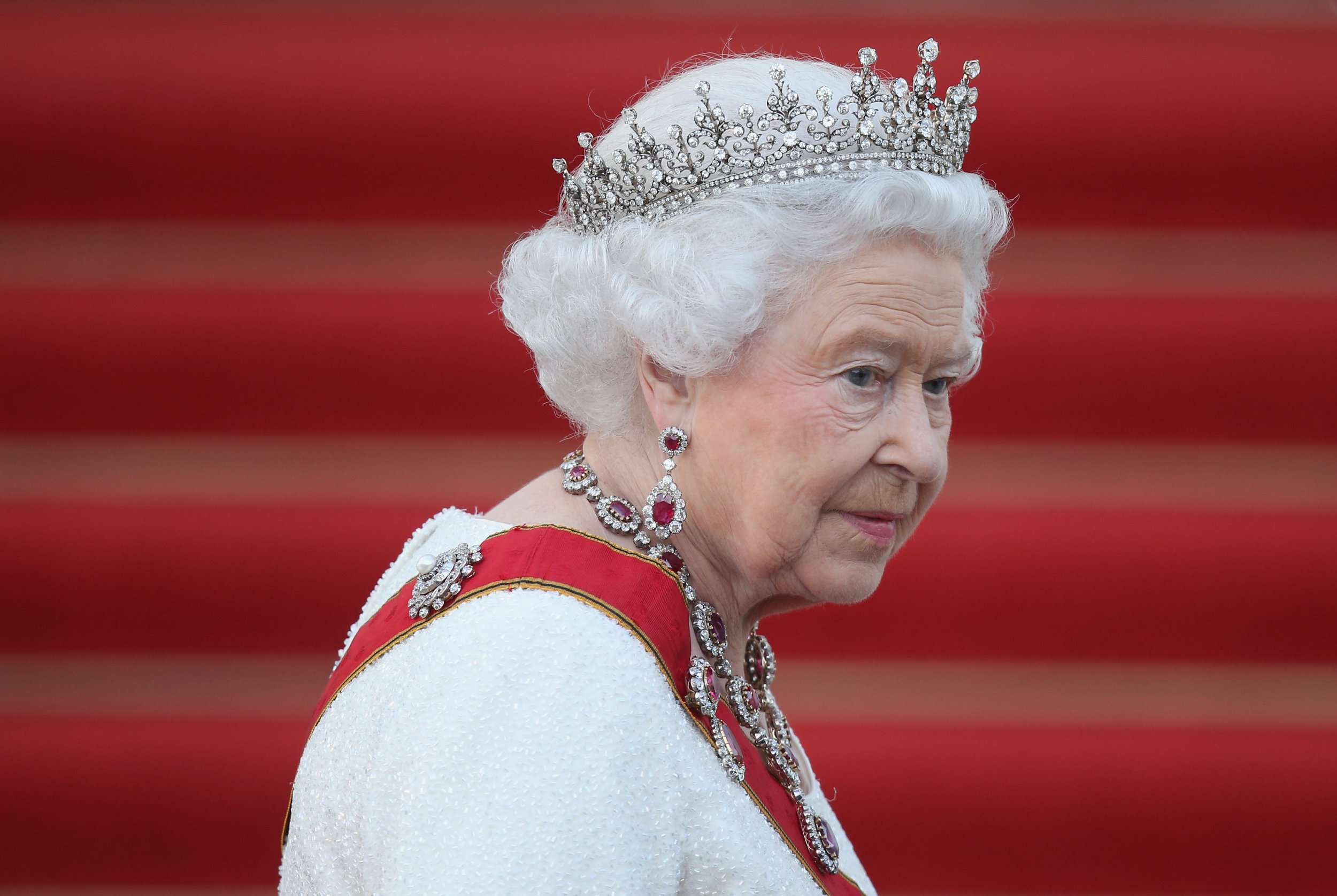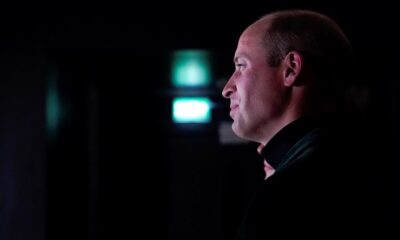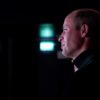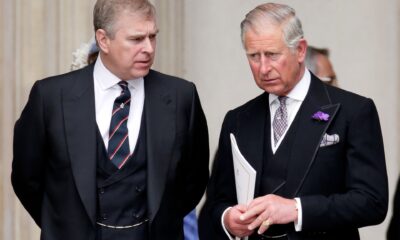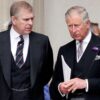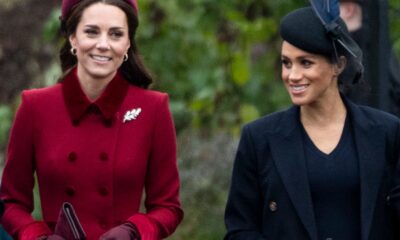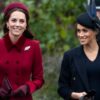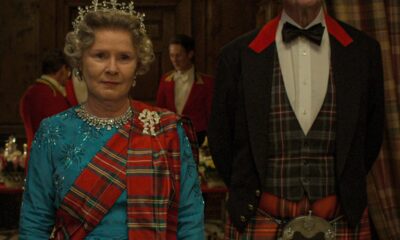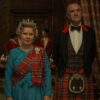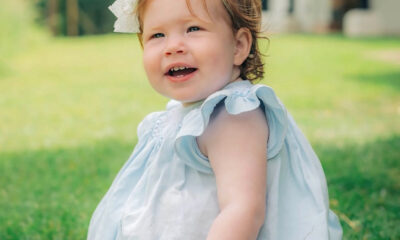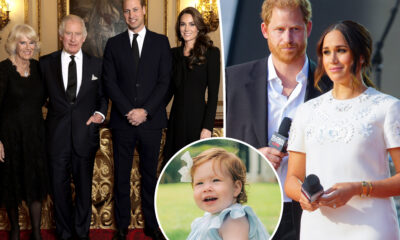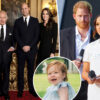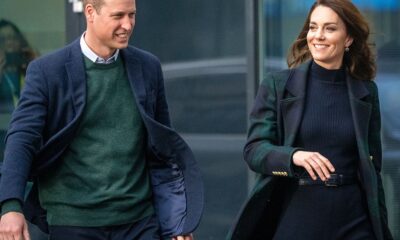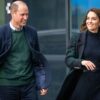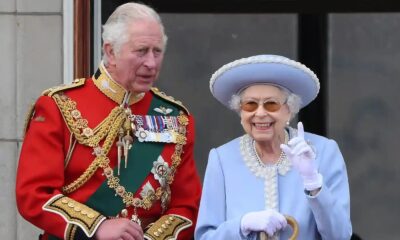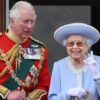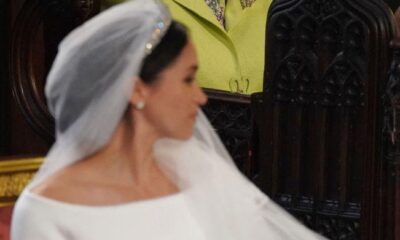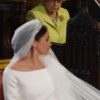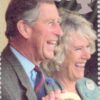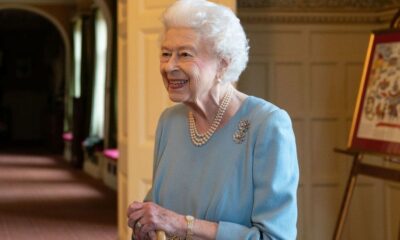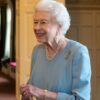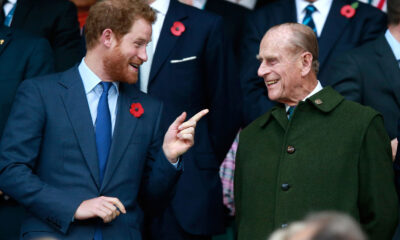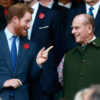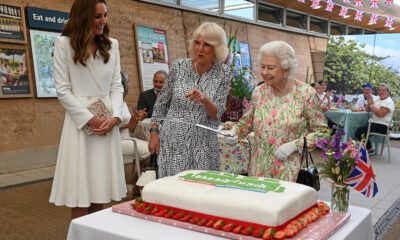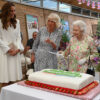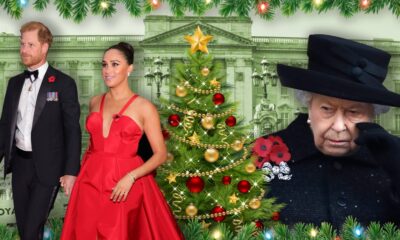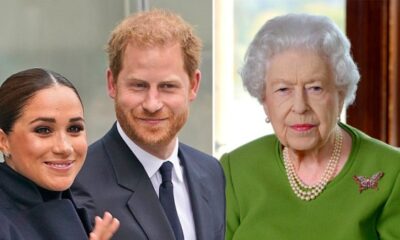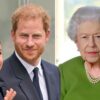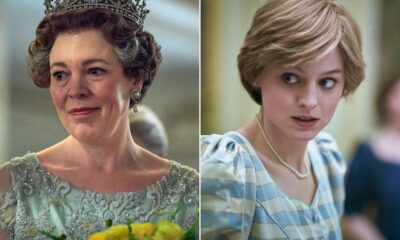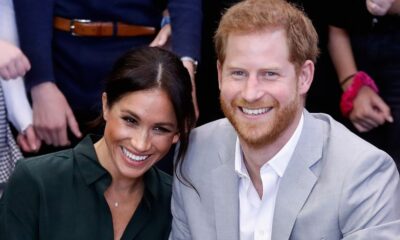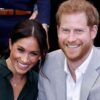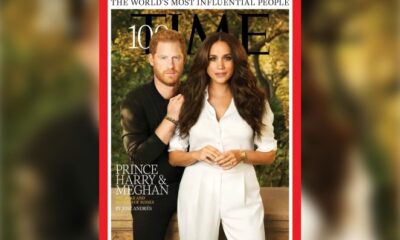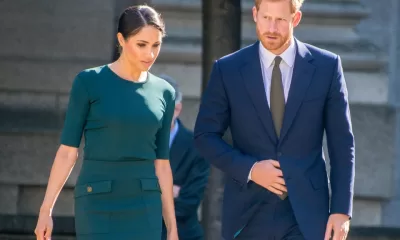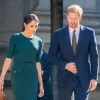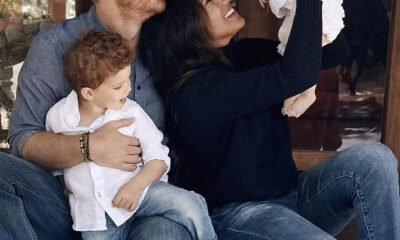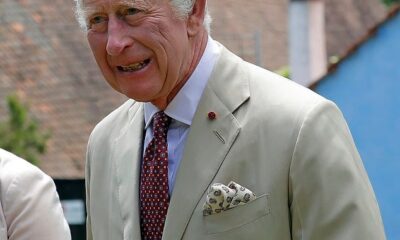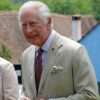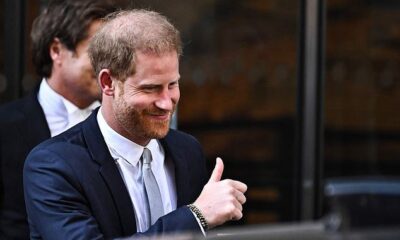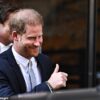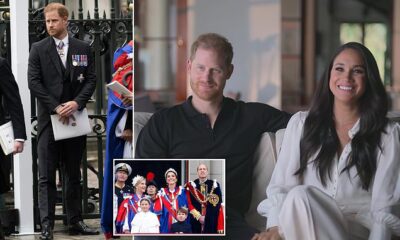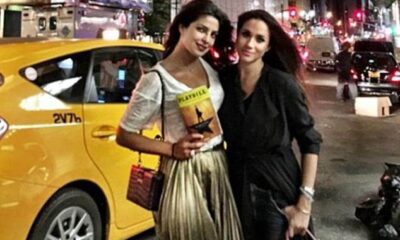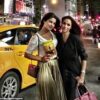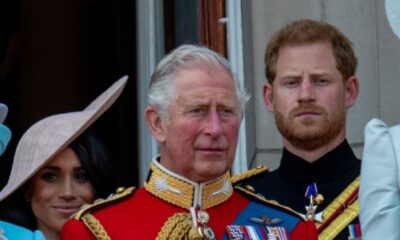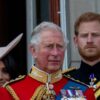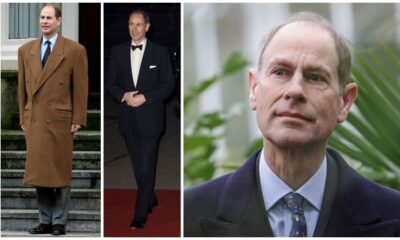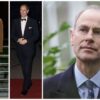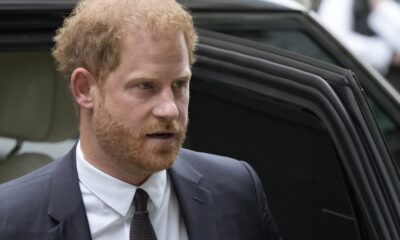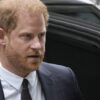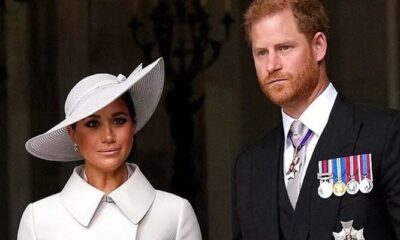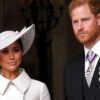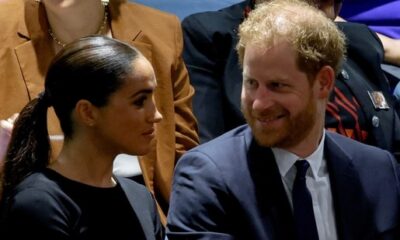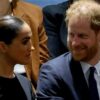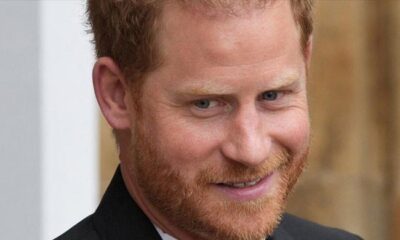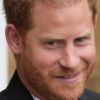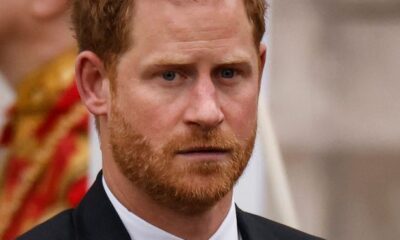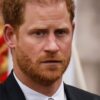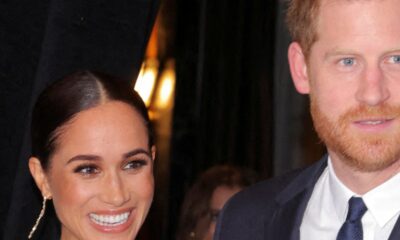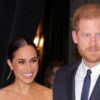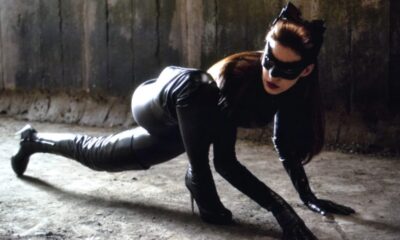Updates
Why Queen Elizabeth II doesn’t wear face mask on some public outings
Queen Elizabeth II recently sparked outrage by appearing in public without a mask, prompting the question, “Why doesn’t the Queen have to wear a mask?”
The Queen and her grandson, Prince William, Duke of Cambridge, recently attended their first in-person engagement since March. The Queen has only appeared via video chats from her houses since the coronavirus was designated a global epidemic in March. The Queen and her grandson visited the new Energetics Analysis Centre at the British military’s Defence Science and Technology Laboratory, 90 miles outside of London, for the first time.
The Queen made the unexpected appearance to attend a ceremony honouring the Australian Royal Air Force’s 100th anniversary. During her visit to the Commonwealth War Graves Commission Air Forces memorial at Runnymede, she did not wear a face mask while she visited with RAF Australia troops and employees.
Meetings of up to six individuals are permitted in England, according to the newest UK Government rules issued on March 29, as long as social distancing measures are implemented.
The Queen did not need to wear a mask since she used social distancing measures during her outside engagement on Wednesday. In England, face masks are only legally necessary in indoor situations, according to current government regulations.
The Government website reads: “In England, you must wear a face-covering in the following indoor settings (examples are given in brackets):
Public transport (aeroplanes, trains, trams and buses)
Taxis and private hire vehicles
Transport hubs (airports, rail and tram stations and terminals, maritime ports and terminals, bus and coach stations and terminals) Shops and supermarkets (places that offer goods or services for retail sale or hire) Shopping centres (malls and indoor markets) Auction houses.
The list continues: Premises providing hospitality (bars, pubs, restaurants, cafes), except when seated at a table to eat or drink (see exemptions) Post offices, banks, building societies, high-street solicitors and accountants, credit unions, short-term loan providers, Savings clubs and money service businesses
Estate and lettings agents, Theatres, Premises providing personal care and beauty treatments (hair salons, barbers, nail salons, massage centres, tattoo and piercing parlours)
Visitor attractions and entertainment venues (museums, galleries, cinemas, theatres, concert halls, cultural and heritage sites, aquariums, indoor zoos and visitor farms, bingo halls, amusement arcades, adventure activity centres, indoor sports stadiums, funfairs, theme parks, casinos, skating rinks, bowling alleys, indoor play areas including soft-play areas), libraries and public reading rooms, Places of worship, Funeral service providers (funeral homes, crematoria and burial ground chapels)community centres, youth centres and social clubs
The advice adds: “You are expected to wear a face-covering before entering any of these settings and must keep it on until you leave unless there is a reasonable excuse for removing it.
“You should also wear a face-covering in indoor places not listed here where social distancing may be difficult and where you will come into contact with people you do not normally meet.”
Although Buckingham Palace claims that the Queen opted not to wear a mask after consulting her own physicians and experts at the Porton Down military research center, which is supporting the UK’s Covid-19 pandemic response.
A royal source stated, “Specific advice on this visit has been sought from the medical household and relevant parties,”
The monarch has been carrying out her official responsibilities online, including attending a virtual picture unveiling and having a video conversation with members of the armed services, after spending the national lockdown at Windsor Castle with her husband, Prince Philip.
When Prince Charles, Queen Elizabeth II’s eldest son and heir to the British throne, tested positive for coronavirus in March, the royal family was directly affected by the pandemic.
Popular Posts:
MUST READ:


